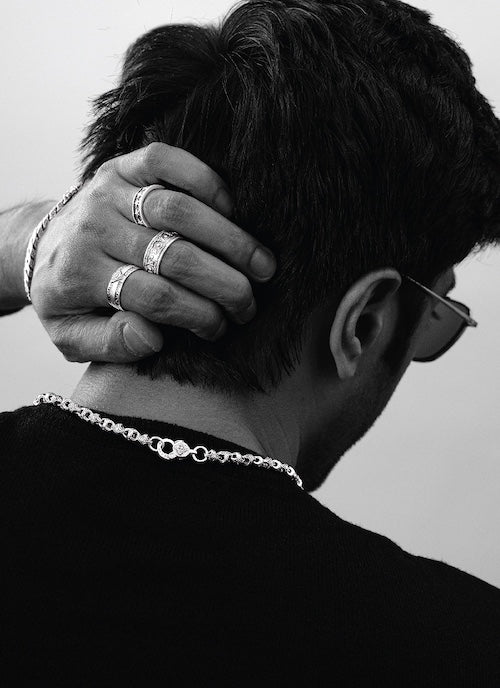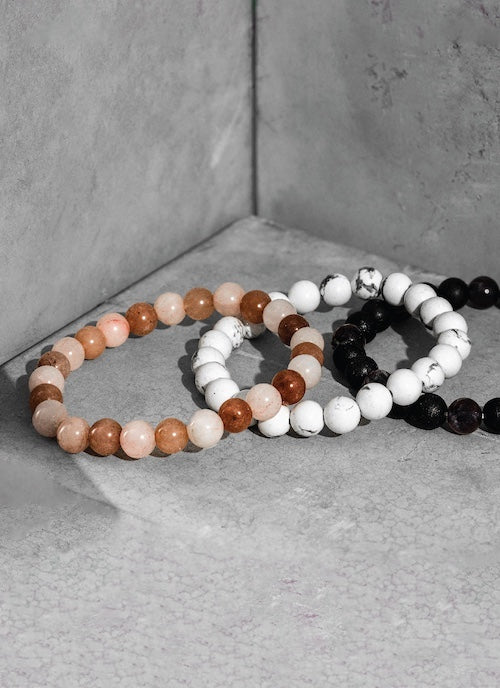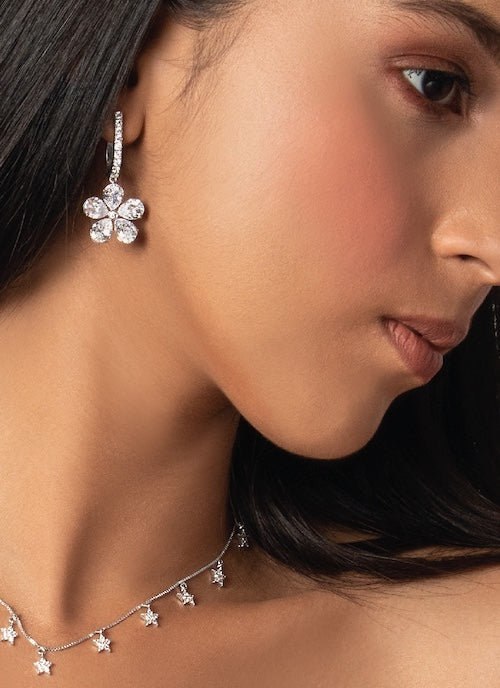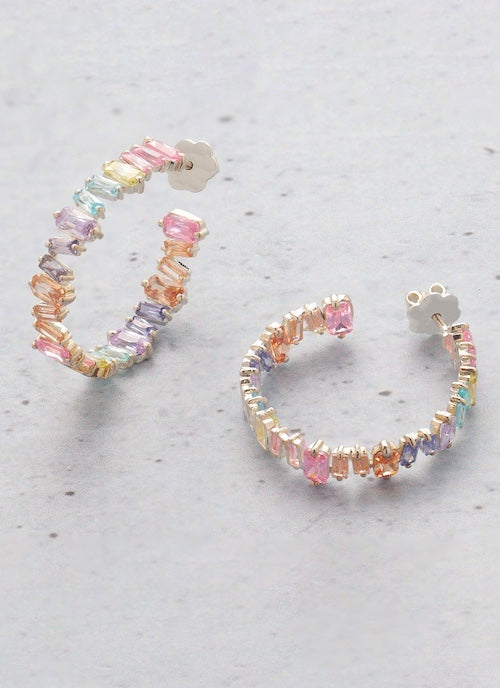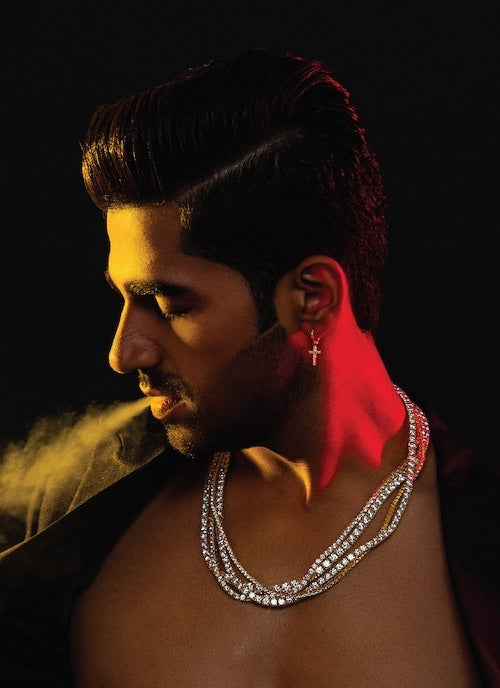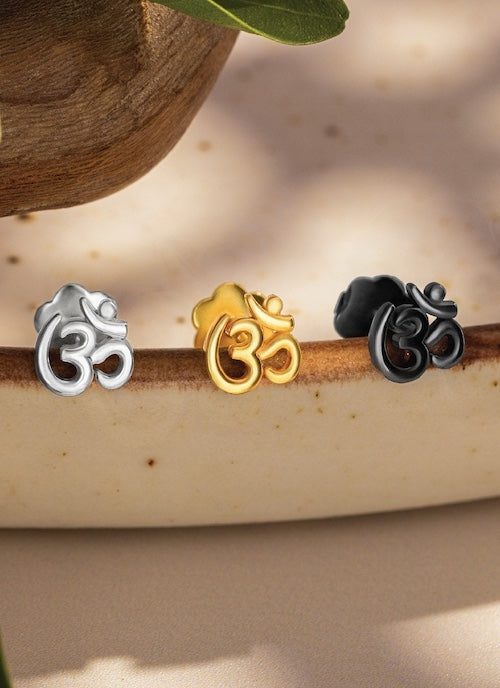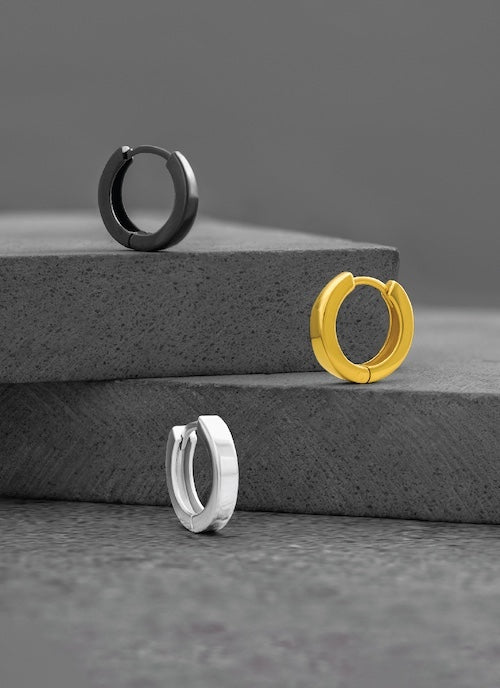Choosing the right bracelet for daily use involves far more than aesthetics. A truly durable bracelet must withstand constant movement, exposure to the elements, contact with skin, sweat, friction from clothing, and the general wear that comes with everyday life. For many men, bracelets are not just accessories but extensions of their personality, daily routine, and sense of identity. As bracelets for men continue to grow in popularity, men are embracing accessories that fit seamlessly into their lifestyle without requiring constant maintenance or fear of breakage. The challenge is understanding which materials, structures, and clasp types can handle daily wear, and what makes certain bracelets last significantly longer than others.
Daily wear jewellery is distinct from occasional pieces. A bracelet that performs well during occasional outings may not survive everyday conditions. Daily wear pieces require durability, comfort, and adaptability. The bracelet you choose becomes part of your morning ritual and part of your evening routine, sitting on your wrist through commutes, workouts, office hours, and downtime. This is why durability becomes essential. Men’s bracelets must resist pulls, moisture, and friction. They must maintain their appearance even after months of regular use. And most importantly, they must stay comfortable on the skin without irritation.
The significance of wristwear for men has also changed considerably. Bracelets are no longer limited to bohemian or artistic style choices. Today, there is a diverse spectrum of bracelets for men, ranging from sophisticated metal cuffs to rugged leather bands, beaded designs, stainless steel chains, and mixed material hybrids. Different materials answer different needs: metal for longevity, leather for character, beads for symbolism, and hybrid materials for versatility. Understanding which materials complement your lifestyle is crucial when choosing a bracelet that lasts.
Durability is also tied to craftsmanship. A bracelet made from high quality material may still fail early if constructed poorly. The quality of threading, knotting, clasp mechanisms, and link structures determines how long the bracelet will survive. When exploring men’s bracelets for daily wear, it is essential to pay attention not only to the visual appeal but also to the joints, connectors, and closures that hold the piece together. These small details often make the difference between a bracelet that lasts for years and one that deteriorates in weeks.
Comfort is another factor often overlooked when selecting bracelets for men. A durable bracelet must also remain comfortable over long hours. It should not tug hair, press into the skin, cling uncomfortably, or feel overly heavy. The bracelet must move with your wrist rather than against it. Only then does a bracelet become suitable for everyday use. When durability and comfort combine, the bracelet feels like a seamless part of you rather than a fragile accessory.
This guide will take you through a comprehensive understanding of how to choose long lasting, reliable men’s bracelets that you can wear comfortably every day. From material comparisons and clasp mechanisms to lifestyle considerations and construction quality, this guide will help you navigate the world of daily wear wristwear with confidence.
Why Durability Matters in Men’s Daily Wear Bracelets
Durability determines the lifespan of your bracelet. A daily wear bracelet consistently faces friction from shirts, sweat during long workdays, accidental pulls during physical activity, and environmental exposure. Many men underestimate how much strain a simple piece of wristwear endures. Choosing the right bracelet means ensuring that it can withstand everyday situations without losing its form, colour, or comfort.
Unlike occasional wear accessories that may sit in a drawer most of the month, men’s bracelets designed for daily wear experience constant impact. They rub against laptop edges, steering wheels, gym equipment, and even the desk during a workday. Temperature changes may also influence the condition of materials. Sweat can weaken leather, chlorine ruins low quality metals, and humidity can degrade materials over time. A durable bracelet resists oxidation, stretching, weakening, and snapping.
Daily wear also increases emotional value. A bracelet that lasts becomes a familiar part of your routine. Many men enjoy wearing the same bracelet daily because it becomes symbolic or comforting. A durable bracelet ensures that this emotional attachment is not disrupted by damage or wear.
Understanding Material Strength in Bracelets
Material is the core determinant of durability. Different materials offer different advantages, and knowing how they behave over time is essential when choosing bracelets for men. Each material responds uniquely to moisture, friction, and pressure, so understanding these differences will guide you toward the best choice for daily wear.
Metal bracelets tend to offer the highest durability. Stainless steel, titanium, and sterling silver are among the most reliable materials for men’s bracelets. Steel and titanium, in particular, offer exceptional strength, scratch resistance, and corrosion resistance. Sterling silver provides longevity but requires occasional cleaning and polishing.
Leather bracelets offer natural charm but require more care. Genuine leather softens with time and becomes more comfortable, but it must be protected from excessive moisture and daily rough handling. High quality full grain leather is far more durable than processed or synthetic leather, holding its form and developing a beautiful patina over time.
Beaded bracelets are popular for their symbolism, but durability depends heavily on the thread used. Elastic beaded bracelets may stretch or snap if the elastic is low quality. Threaded bracelets using strong nylon or steel reinforced cords last much longer.
Cord bracelets, particularly those made of paracord or woven nylon, are excellent for men with active lifestyles. They offer flexibility, strength, and resistance to sweat and water.
Chain bracelets, whether made from silver, gold, or stainless steel, remain among the most durable designs when constructed properly. The links, soldering, and clasp determine their lifespan.
The Importance of Craftsmanship
Materials alone do not guarantee durability. Even the strongest metal can fail if the clasp is weak or the links are poorly connected. Craftsmanship directly influences durability in ways many men overlook.
A durable bracelet should have smooth edges, tight joints, and solid connections. Any loose component increases the risk of breakage. The quality of soldering in metal bracelets or the quality of knotting in beaded or cord bracelets becomes a major factor in wearability.
Clasp design is another crucial factor. The clasp should close securely without being too difficult to open. Weak clasps are often the first part to fail in cheap bracelets. Lobster clasps tend to be the most reliable for metal bracelets. Magnetic clasps can be convenient but may detach easily during active movement if poorly constructed.
Lifestyle Considerations
Daily wear requires matching your bracelet to your lifestyle. Men with office jobs can choose a wider variety of materials, as indoor environments are gentler on jewellery. Men with active jobs or outdoor routines should prioritise materials like stainless steel, woven nylon, paracord, or silicone. These withstand sweat, dirt, and movement better than delicate materials.
Gym goers or athletes should avoid wearing silver or leather bracelets during workouts. Sweat and equipment friction can damage these materials quickly. Instead, silicone bracelets or tightly woven cord bracelets are ideal for active periods.
Men who sweat heavily or live in humid climates should avoid plated metals and choose pure metals or water resistant materials.
Durability Comparison of Popular Bracelet Materials
| Material | Durability Level | Water Resistance | Maintenance Required | Best For |
|---|---|---|---|---|
| Stainless Steel | Very High | Excellent | Low | Everyday professional and casual wear |
| Titanium | Extremely High | Excellent | Low | Active lifestyles and all day wear |
| Sterling Silver | High | Moderate | Medium | Office wear and smart casual outfits |
| Genuine Leather | Moderate | Low | Medium to High | Casual and semi formal wear |
| Beads (Stone) | Medium | High | Low to Medium | Spiritual and fashion focused wear |
| Nylon/Paracord | High | High | Low | Outdoor and sports use |
Choosing the Right Clasp for Durability
The clasp may appear small, but it plays one of the most important roles in determining how durable men’s bracelets truly are. A strong clasp ensures that the bracelet does not fall off during daily movement, while a weak clasp becomes the most common point of failure.
Lobster clasps are among the most durable and widely used. They lock securely, resist accidental opening, and hold up well against daily tension.
Toggle clasps offer a stylish alternative, but they may detach if the bracelet is slightly loose or if the wearer engages in sudden movements.
Magnetic clasps, although convenient, may detach more easily. High quality magnets offer stronger hold, but they are still less secure than mechanical clasps.
Box clasps are often found in high end metal bracelets and offer excellent security for heavy chains.
Elastic bracelets do not use clasps at all. Instead, they rely on stretchable string. This can be convenient but poses risks. Low quality elastic may weaken or break over time.
For daily wear, choose bracelets with a clasp that offers secure locking and long lifespan.
Comfort and Skin Compatibility
Daily wear bracelets must not irritate the skin. Metals like stainless steel and titanium are hypoallergenic and ideal for men with sensitive skin. Sterling silver is generally safe for most men but may cause reactions in very rare cases due to alloy components.
Leather should be soft and flexible. Low quality leather may feel rough initially or stiffen over time.
Beaded bracelets with natural stones feel comfortable but the string must be smooth.
Cord bracelets made from nylon or paracord are extremely skin friendly and rarely cause irritation.
Choosing a skin compatible material ensures long term comfort.
Design and Aesthetic Longevity
A bracelet must also remain visually appealing over time. Cheap plating fades quickly, showing discolouration or exposing the base metal. High quality men’s bracelets are designed to look good even after months or years.
Metals like stainless steel and titanium maintain their polish. Leather develops a patina that adds charm. Beads remain vibrant unless exposed to harsh chemicals. Cord bracelets maintain their colour well when made from high grade material.
Choosing a design with aesthetic longevity ensures that the bracelet remains stylish for years.
The Balance Between Flexibility and Strength
Flexibility determines whether a bracelet can move comfortably with your wrist. Too rigid, and it presses uncomfortably. Too flexible, and it may stretch or break.
Metal bracelets should have smooth hinge movements. Leather and cord bracelets should be flexible but not flimsy. Beaded bracelets should be strong enough to stretch slightly but not excessively.
Weather Resistance and Real World Durability
Daily wear requires weather resistant materials. Humidity, sweat, rain, and temperature changes can damage certain materials. Stainless steel and titanium are excellent choices because they resist corrosion. Leather must be protected from moisture. Beaded bracelets may crack under extreme heat. Nylon and paracord remain stable under most conditions.
Choosing Daily Wear Bracelets That Last
Choosing durable daily wear bracelets for men requires understanding craftsmanship, materials, closures, and lifestyle compatibility. A bracelet should not only look stylish but also withstand the realities of everyday life. When choosing men’s bracelets, consider how the material handles moisture, whether the clasp is secure, and how comfortable the bracelet feels. The right bracelet becomes an extension of your personality, complementing your wardrobe and supporting your routine effortlessly.
Stainless steel and titanium offer unmatched durability. Leather bracelets bring character but require care. Beaded designs express personality but rely on strong threading. Paracord and nylon provide practical, rugged appeal. Assess your lifestyle, and choose materials and designs that align with your daily environment.
Above all, a durable bracelet should feel natural on your wrist. It should handle your day without demanding constant attention. When you choose wisely, your bracelet becomes a lifelong companion that evolves with you.
